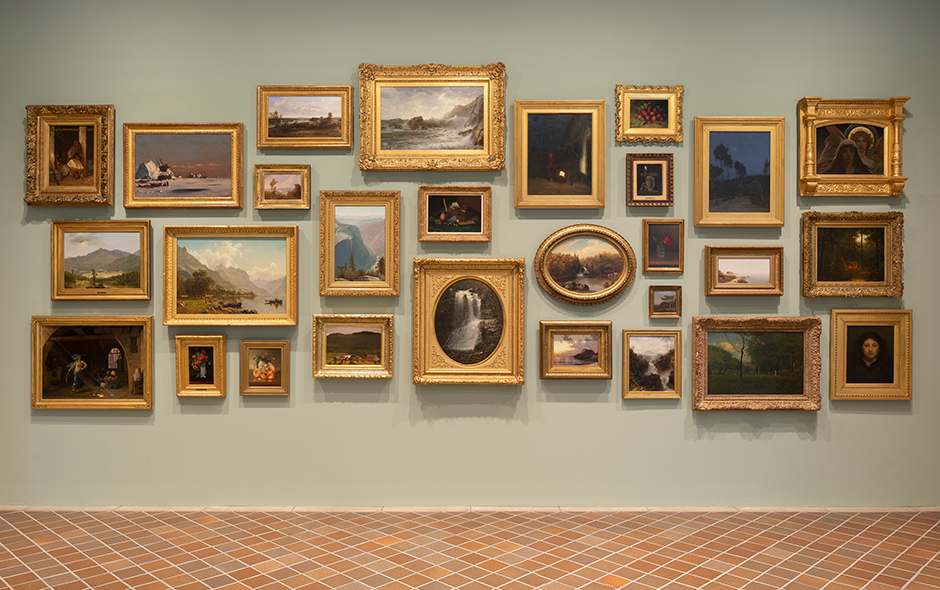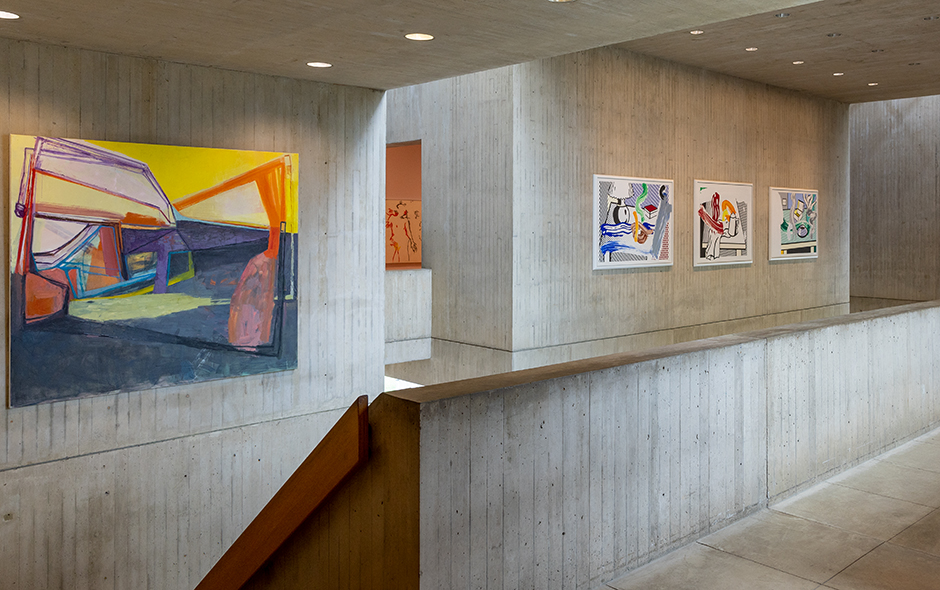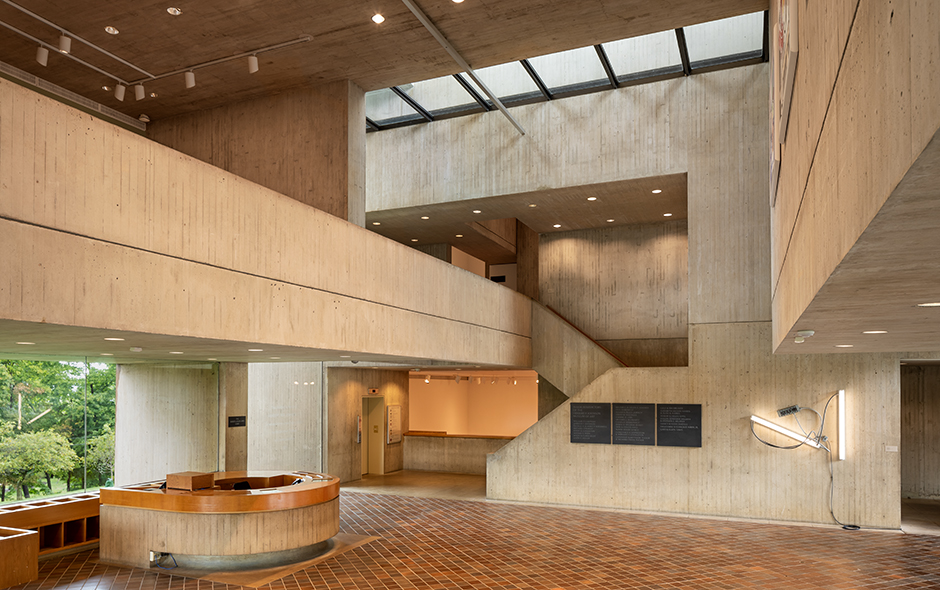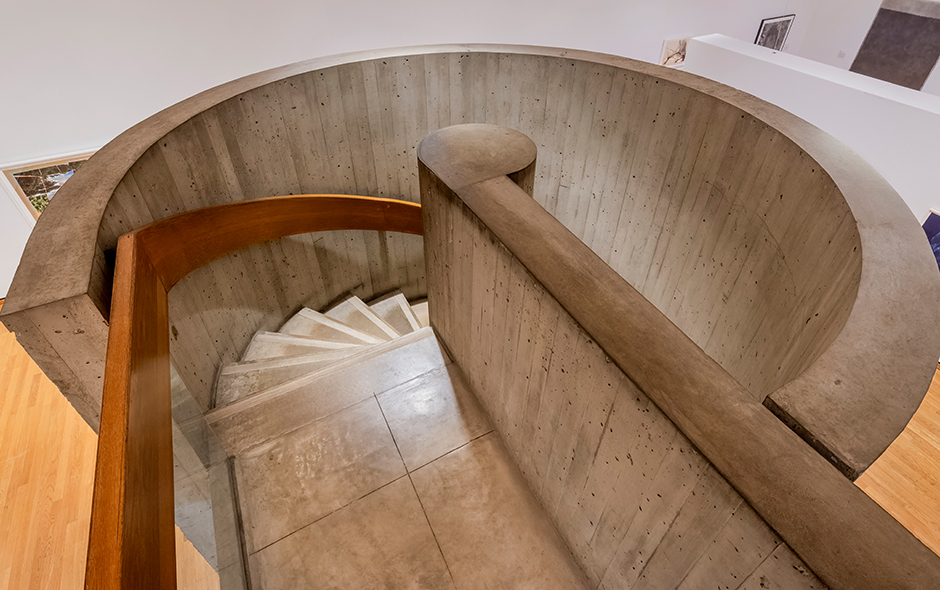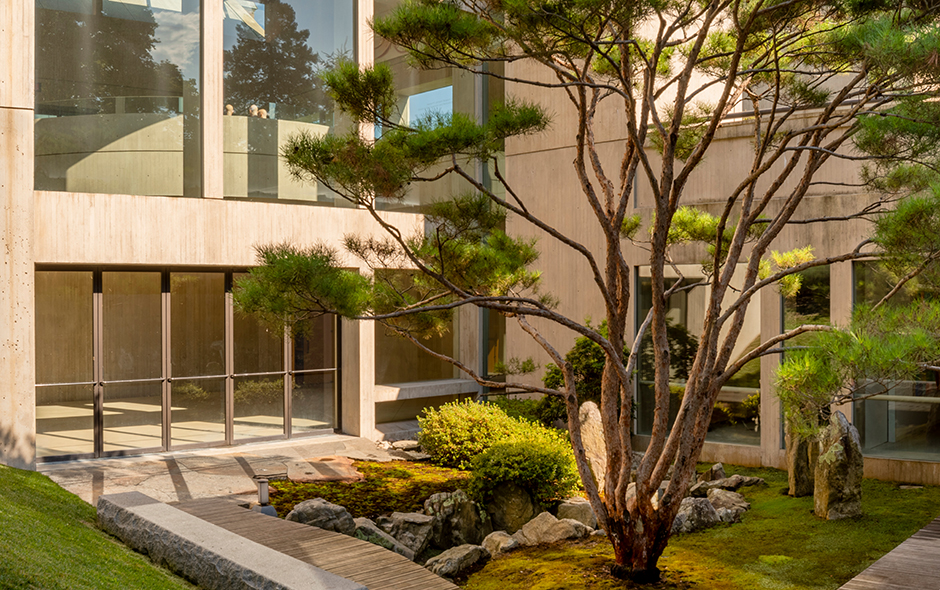
Object Details
Culture
Nigeria, Yoruba people
Medium
Wood, glass beads, and camwood and indigo pigments
Dimensions
11 3/4 x 3 5/8 inches (29.8 x 9.2 cm)
Credit Line
Gift of William W. Brill
Object
Number
87.059.010
BRIEF DESCRIPTIONThe Yoruba people of Nigeria experience the world’s highest birthrate of twins. U(…)
BRIEF DESCRIPTIONThe Yoruba people of Nigeria experience the world’s highest birthrate of twins. Unfortunately, twin births bring additional health risks and the mortality rate is high. If a twin (ibeji) should die, the parents commission an artist to make a small carving (ere) to represent the deceased child.WHERE WAS IT MADE?This was made in the southwest of Nigeria, where the Yoruba people live.HOW WAS IT MADE?Yoruba sculptors are commissioned to carve ere ibeji. A sculptor first cuts a piece of wood into the necessary size and then chisels the main body, using smaller tools to give it more detail. Next he smoothes the figure using special tools, and finally carves the coiffure, and facial marks. Once the sculptor has finished the carving, the mother will apply cosmetics to the ere ibeji, including indigo and camwood powder.Yoruba sculptors are lineage-based; sons apprentice their fathers. Artists often worked in the same area, side by side, and thus were influenced by one another. HOW WAS IT USED?The Yoruba people of Nigeria experience the world’s highest birthrate of twins (45.1 per 1,000 births vs. 11 per 1,000 in the U.S.). For this reason, twins enjoy a special status among the Yoruba. Twins receive special gifts and are believed to have unique powers that link them to the spirit world. A mother who has an ere ibeji treats it as though it were her child – she symbolically feeds, clothes, and washes the small figure. She also carries it along with her live child; she wraps the ere ibeji to her chest while she carries her live child on her back. Such special treatment is believed to comfort the deceased twin, thus preventing the dead child from luring the live twin to join him or her in the spirit world. Although small in stature, ere ibeji are not treated as dolls. When the mother is not caring for the figure, it is placed on a shrine with other ancestral ere ibeji.Eventually the mother passes it on to the surviving twin, once the child is mature enough to care for it, and this tradition of honoring and caring for the figure will continue.WHY DOES IT LOOK LIKE THIS?Although the ere ibeji is treated as a child, you may notice that this figure does not look like a baby or a child. With fully developed breasts or genitalia, ere ibeji represent humans in a youthful, but adult, ideal state. Ere ibeji feature physical traits admired by the Yoruba: plump arms and legs, large eyes, and elaborate coiffures. Twin sculptures always stand erect, with their hands at their sides. This pose demonstrates spiritual alertness – their eagerness to hear prayers or act. As sculptures, the most prized twin figures are symmetrical (evidence of a gifted sculptor), have shiny, smooth limbs (indicating that they were rubbed regularly with oil) and show residue of camwood powder (a primary ingredient in cleansing libations). Look carefully and you can see traces of indigo and camwood powder (blue and red, respectively) on this figure.Depending on the wealth of the parents, ere ibeji may wear jewelry or clothing that incorporates careful beadwork or rows of cowrie shells. Notice how this ere ibeji wears two necklaces. Because all Yoruba twins are believed to be the children of the thundergod, Shango, many ere ibeji wear a red and white beaded necklace. In addition to the beaded necklace, notice the black palm-nuts around the waist. These are meant as protection against abiku spirits, who lure children into the afterlife.To see other ere ibeji in the Johnson Museum’s collection, search for object numbers 82.074.002, 89.016.014 a, 89.016.014 b, and 90.016.007 in the keyword search box.




